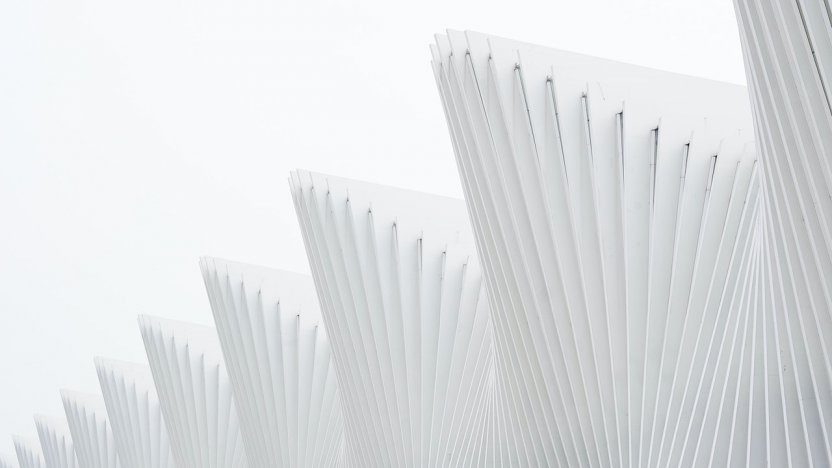The Eurasian system: A new tool to protect design rights

International registration systems are an important route for the protection of designs. Anne-Catherine Schihin introduces a new tool to protect design rights in the countries of the former USSR.
As the protection of designs becomes more important, so too do regional and international systems, such as the European Union’s registered Community design right and the International design right, regulated by the Hague Agreement and supplementary protocols.
Now it is the turn of the countries of the former Soviet Union (USSR) to provide a single system for design protection across several countries: the Eurasian industrial design.
The right also represents the fruit of several years of preliminary work by the Eurasian Patent Organization (EAPO) and heralds a new chapter in IP regulation in the nations of the former Soviet Union. The EPC Protocol relating to the protection of industrial designs was adopted in September 2019, but was not implemented until 1 June 2021.
How does the Eurasian system work?
The Eurasian regional system of legal protection for industrial designs is a flexible instrument for applicants and owners of designs operating in the region. Headquartered in Moscow, EAPO issues a single unified design right that is automatically valid in the member states of the Eurasian Patent Convention (EPC) that have acceded to the Protocol following grant (no validation procedure is required).
The EPC currently has eight member states, but only five of these countries – Armenia, Azerbaijan, Kazakhstan, Kyrgyzstan and Russia – have so far acceded to the Protocol (Belarus, Tajikistan and Turkmenistan are yet to join).
The rights are valid for a period of five years with the possibility to extend validity in increments of five years (on payment of a renewal fee), up to a total 25 years from the date of filing.
The EAPO Regulations on Industrial Designs define the rules for drafting, filing and examining Eurasian design patent applications, the procedures for opposing design patents and Eurasian models, as well as other legal acts.
Applications rules are similar to the ones we use in the EU, namely:
- Application is managed online on EAPO’s website, by the holders or by a representative registered with the EAPO;
- The application may include up to seven views of the design, which may consist of photographs or drawings;
- No description of the essential characteristics needs to be filed;
- The application must be made in the Russian language, although filing in one of the languages of the member states is possible if a Russian translation is provided within two months of filing;
- Priority based on an earlier design can be claimed by providing a hard copy of the certificate within three months of application;
- Applicants who are not resident in a contracting member state will need to use a registered representative.
The examination process
Preliminary examination does not include a check for novelty, with only the accuracy of priority documents and consideration of public order/morality examined. Once this review is completed, the application will be published electronically allowing third parties as well as the IP offices of the signatory countries to comment or object.
This can be done, for example, on the basis of a lack of novelty or originality, which are the two criteria for registration under the Eurasian model. The applicant will be able to respond to objections within one month, at which point EAPO will make its decision.
Even if no objections or comments are received, EAPO will carry out a more detailed examination and, in particular, verify that the design corresponds to the rules of validity set out by the EPC before grant. Once granted, a fee becomes payable within two months and, conversely, in the event of refusal, the holder also has two months to appeal the decision.
The validity of the design can be contested by third parties, through oppositions in two different ways:
- Within six months of registration via an opposition filed with the EAPO contesting the novelty or originality of the design or indicating the presence of elements which are excluded from the protection provided for by the EPC. The decision issued is binding on all member states. In other words if the design right is canceled, it will be canceled in all the territories of the member states.
- After six months, actions must be taken before the administrative or judicial authorities of each member state and the decision issued will therefore only affect protection in that specific country.
In a nutshell
The Eurasian design system was largely inspired by the procedures and methods implemented for the Community design. It also provides, via a single right and a single registration procedure, the opportunity to protect a design in multiple member states.
However, the Eurasian design does include some original features. For example, it grants 'author status' to its owner, plus it provides the opportunity to invalidate the right in individual member states once the six-month deadline has passed.
Nonetheless, the ability to register one unified right across all member countries via one single procedure and in one language (i.e. saving on translation costs) is a significant asset. This is especially the case when you consider the existence of the Eurasian Economic Union, which enables the smooth transfer of goods and services within the unified market.
The number of member states is also likely to increase as Belarus, Tajikistan and Turkmenistan are signatories to the EPC but yet to accede to the designs protocol.
If you have any questions about obtaining design protection in this or any other region, please speak to your Novagraaf attorney or contact us.
Anne-Catherine Schihin is a Trademark Attorney at Novagraaf in France.